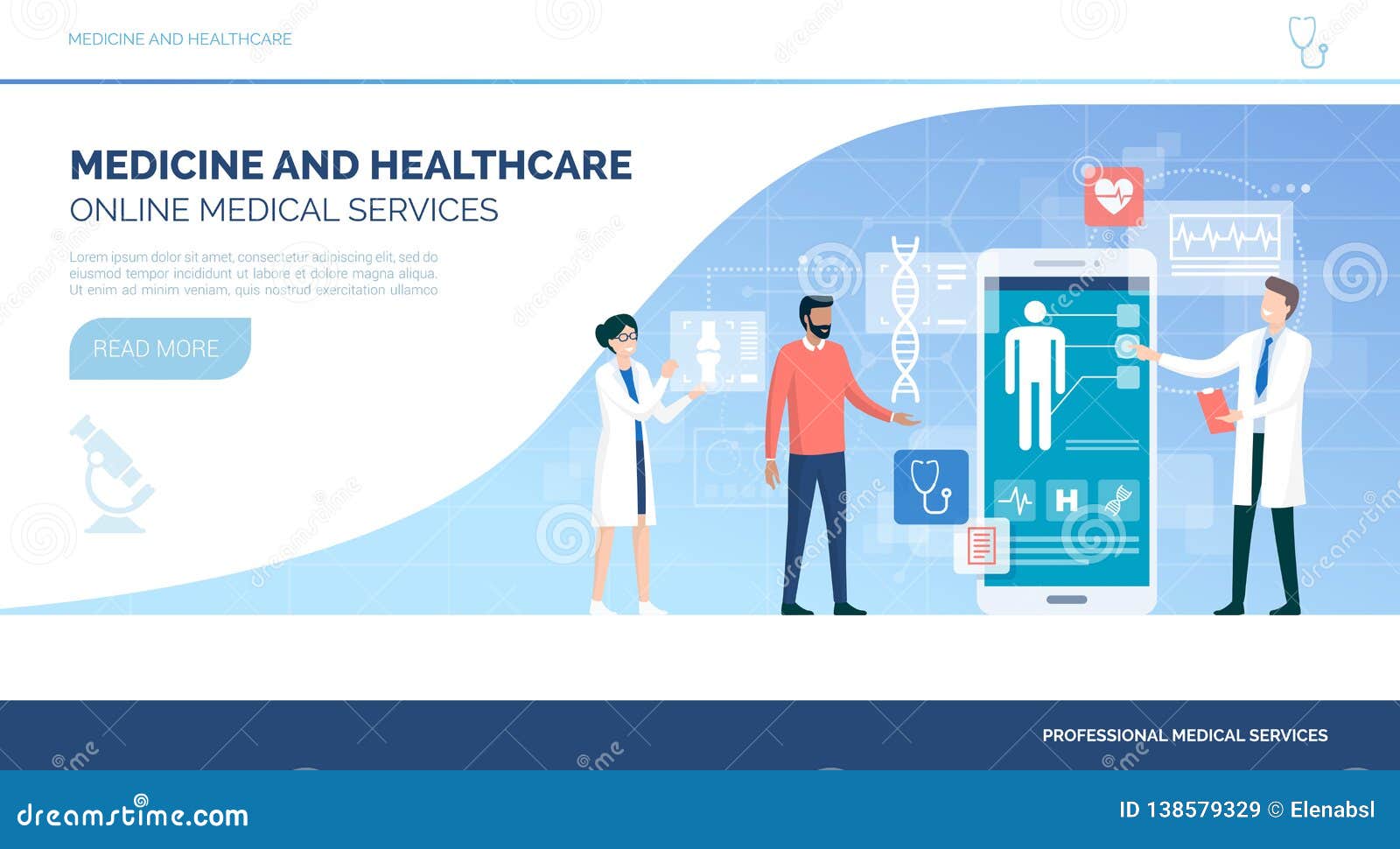Subscription Based Healthcare: Changing the Means We Think About Health
Subscription Based Healthcare: Changing the Means We Think About Health
Blog Article
Understanding the Cost-Effectiveness of Subscription-Based Medical Care Models
As the medical care landscape advances, subscription-based designs arise as an engaging option, guaranteeing to redefine just how people handle clinical expenditures. Reviewing these versions' cost-effectiveness demands a nuanced contrast with standard insurance policy, considering both monetary ramifications and individual fulfillment.
Introduction of Subscription-Based Designs
Subscription-based health care models, occasionally described as straight main care or attendant medication, are significantly getting interest as a prospective solution to inefficiencies within typical health care systems. These designs operate the concept of offering clients direct access to doctor with a regular monthly or annual charge, bypassing the need for typical insurance coverage systems. This arrangement intends to improve patient-provider interactions by minimizing management concerns, which frequently prevent timely and personalized treatment.
At the core of subscription-based designs is the focus on a much more personalized person experience. Clients profit from improved access to their medical professionals, typically consisting of same-day or next-day consultations, prolonged appointment times, and direct interaction channels such as phone or video clip calls. This design cultivates a positive strategy to healthcare, where suppliers and patients can collaboratively focus on preventative care and chronic condition administration.

Expense Contrast With Traditional Insurance Coverage

One of the key economic advantages of membership versions is openness in prices. On the other hand, standard insurance coverage may be more useful for people needing specialized care or expensive therapies not covered under a registration design, as they profit from the broader protection network and cost-sharing systems.
Nonetheless, cost-effectiveness is context-dependent. While membership designs might use cost savings for those primarily needing main treatment, people with chronic conditions or specialized health care demands could find typical insurance policy a lot more comprehensive. Consequently, assessing details healthcare needs and potential usage is critical in figuring out one of the most cost-effective choice for people.
Effect On Client Contentment
Client fulfillment within subscription-based medical care versions frequently shows a significant renovation over typical insurance systems. This enhancement is mainly associated to the individualized treatment and access these models offer. Clients regularly report greater satisfaction due to decreased wait times and the ease of scheduling appointments. Unlike traditional systems, where clients might experience hold-ups in obtaining treatment, subscription-based designs make sure even more timely and direct interactions with doctor.
Moreover, the openness in expenses related to subscription-based healthcare relieves the typical disappointments associated with unanticipated charges and complex payment processes seen in traditional insurance policy (subscription based healthcare). Individuals appreciate recognizing the exact economic commitment upfront, leading to boosted trust fund and self-confidence in their healthcare monitoring
Additionally, the focus on preventive treatment and wellness in membership models adds to enhanced wellness results, further improving person fulfillment. By concentrating on continuous wellness maintenance as opposed to anecdotal treatment, clients experience an even more holistic and constant medical care trip.
Additionally, the boosted provider-patient relationship promoted in these models, characterized by more time spent per person and customized interest, plays a crucial role in raising person satisfaction degrees, as people feel genuinely cared for and comprehended.
copyright Experiences and point of views
From the supplier's point of view, subscription-based medical care models use a transformative strategy to delivering medical services. These models emphasize a positive and preventative health care method, enabling carriers to concentrate on extensive patient treatment without the restrictions of traditional fee-for-service setups (subscription based healthcare). This change in emphasis frequently leads to enhanced client results and enhanced company fulfillment, as health care experts can assign more time and resources to client interaction and personalized care strategies
Additionally, membership designs facilitate foreseeable earnings streams, which improve monetary stability for doctor. This predictability enables boosted source planning and allocation, adding to a much more efficient medical care shipment system. Service providers can invest in staff framework, innovation, and training improvements, therefore click over here improving the top quality of care offered.
However, the transition to subscription-based designs is not without obstacles. Regardless of these webpage hurdles, numerous suppliers locate that the advantages of increased client interaction and structured procedures outweigh the initial challenges, making subscription-based designs an appealing choice.
Future Potential Customers and Obstacles

A key difficulty is regulatory compliance, as registration designs have to abide by advancing healthcare plans and insurance coverage needs. This requires continuous adjustment and innovation to make sure positioning with legal standards. Furthermore, integrating these models right into existing health care infrastructures can be complex, requiring significant investments in technology and training.
There is additionally the prospective danger of developing inequities in health care gain access to, as subscription versions could prefer those who can afford them, leaving at risk populations underserved. Addressing this needs thoughtful consideration of prices techniques and aid devices to make sure inclusivity.
Final Thought
Subscription-based medical care designs provide a viable alternative to typical insurance coverage by providing monetary predictability and transparency, particularly profiting people with chronic conditions or regular healthcare demands. The cost-effectiveness of these models is contingent upon private medical care use patterns and situations. While they may enhance patient satisfaction and improve budgeting, difficulties remain in resolving specialized care needs. Future factors to consider consist of stabilizing thorough protection with price and incorporating these versions within the wider medical care system for optimal outcomes.
Subscription-based health care versions, in some cases referred to as direct primary treatment or concierge medicine, are progressively obtaining interest as a potential remedy to inefficiencies within conventional health care systems. Unlike typical systems, where people may experience hold-ups in receiving care, subscription-based models guarantee more direct and timely communications with medical care companies.
These versions stress a aggressive and preventative health care technique, permitting carriers to concentrate on comprehensive person treatment without the constraints of standard fee-for-service setups. As these models continue to get grip, they use the potential to change individual access to care, why not look here simplify solution delivery, and maximize healthcare investing.Subscription-based health care versions provide a viable option to conventional insurance policy by providing economic predictability and transparency, specifically benefiting people with chronic problems or frequent health care demands.
Report this page